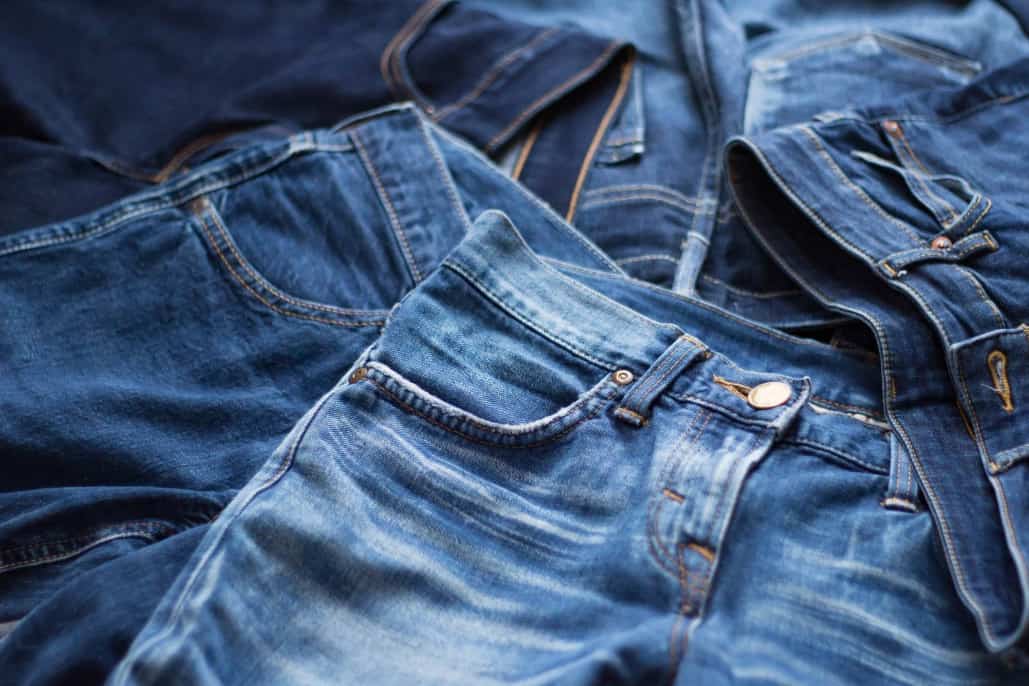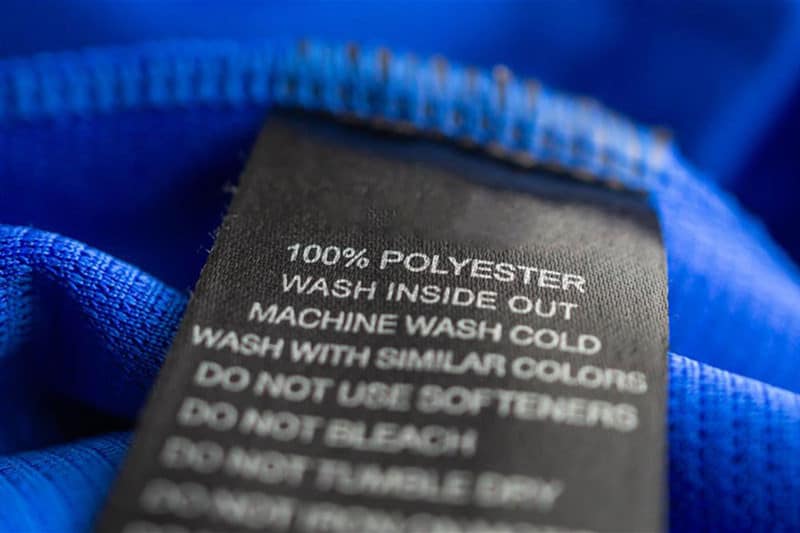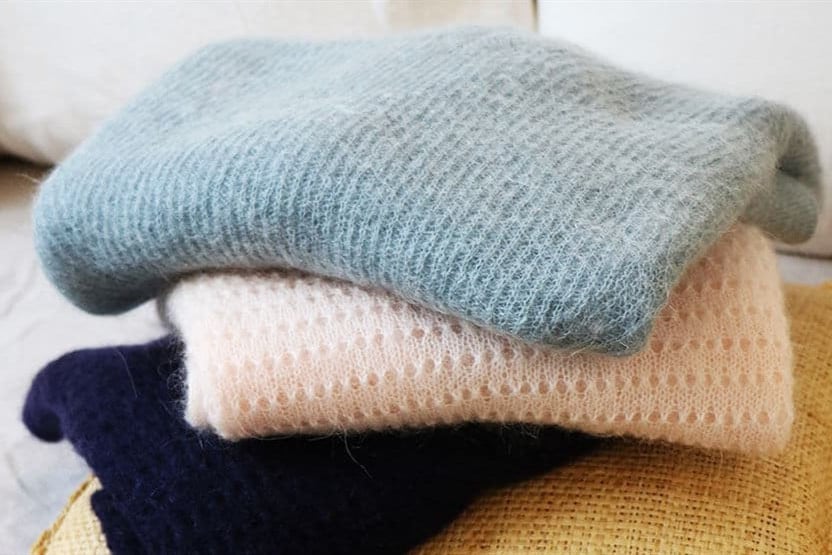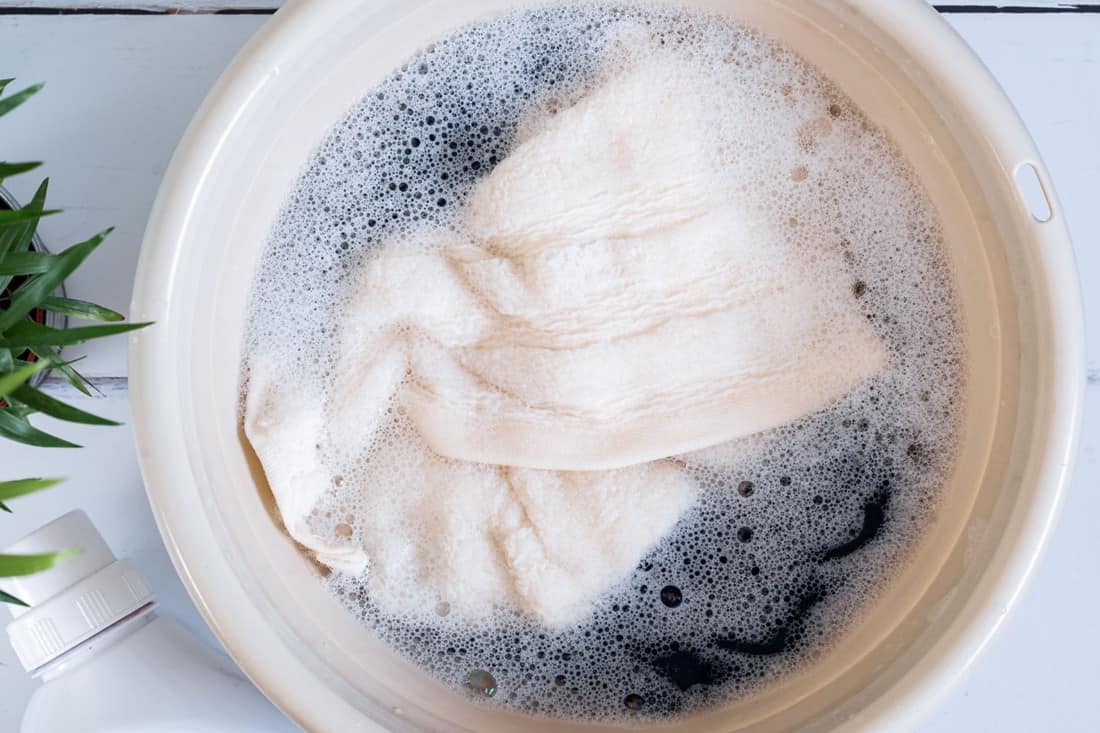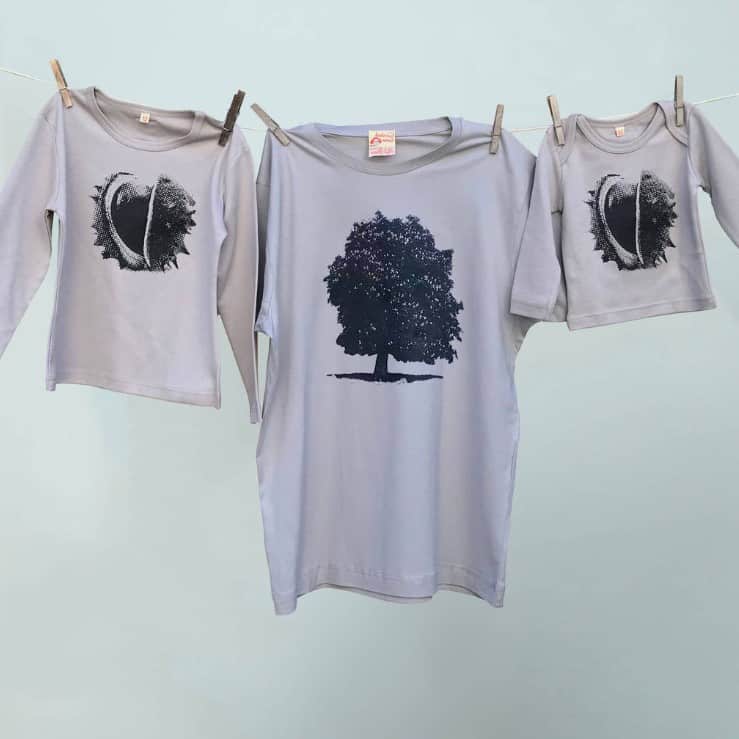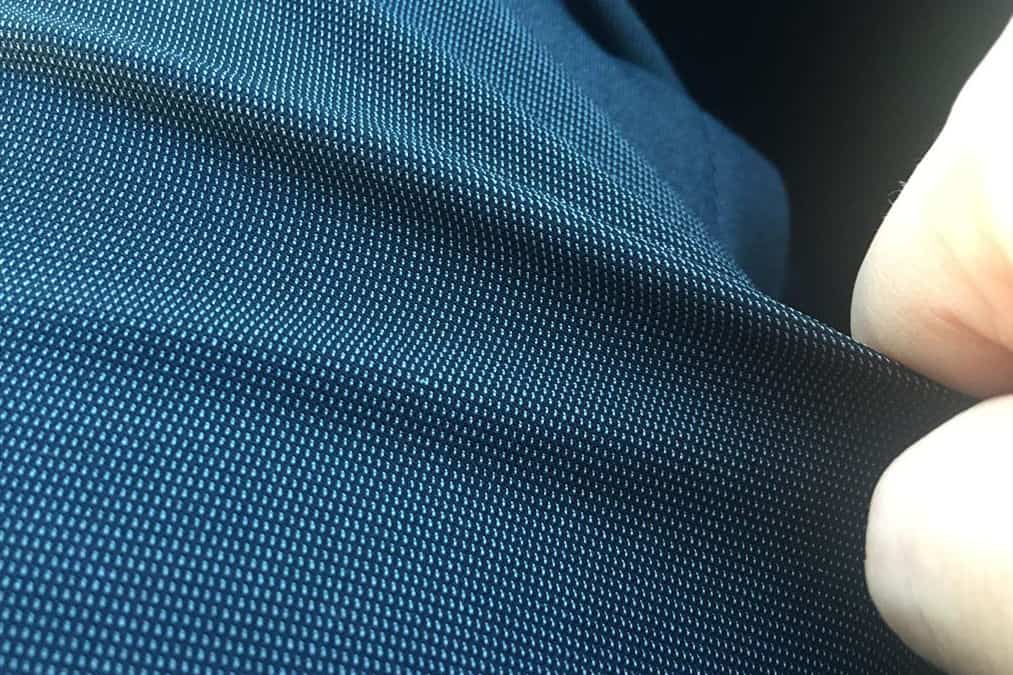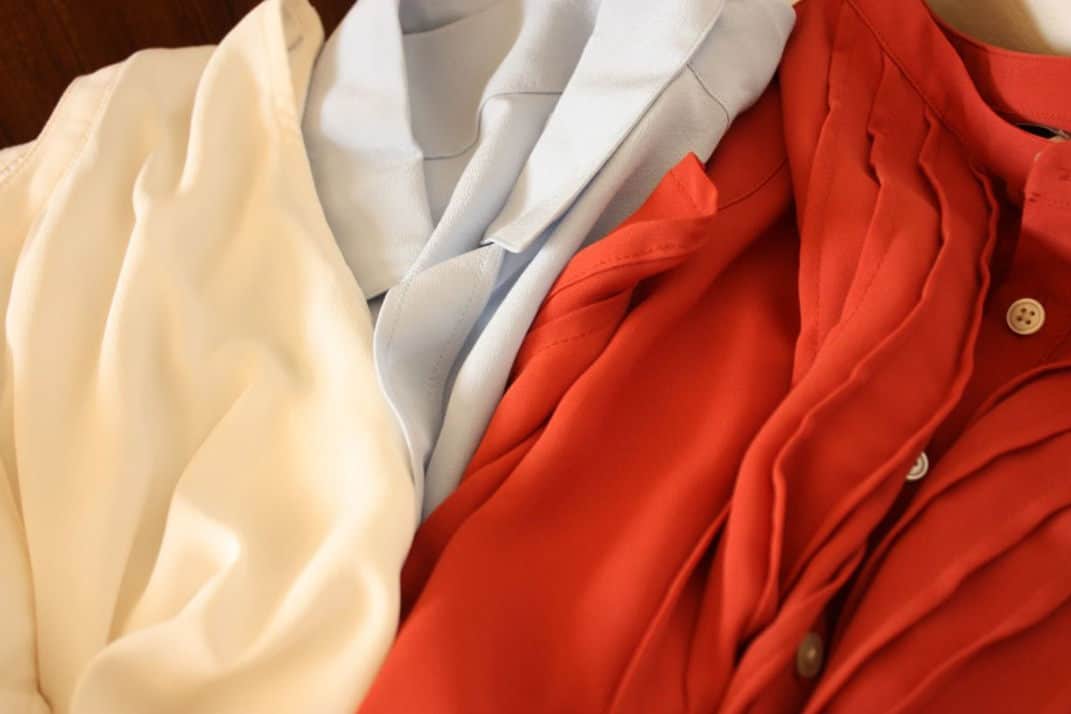You bought the dress that caught your eye while walking home. You were excited to try it at home only to find out it is big for your size. The good news is that you can alter its size a little as long as you learn how to shrink clothes properly.
What does shrinkage mean?
When clothes or any fabric has changed its dimension to its original size, there is shrinkage. It is often a negative notion, especially when it lost its original size, but there are circumstances that it can increase the width, length, or thickness of the fabric.
Regardless of whether it is negative or positive, the bottom line is that shrinkage still impacts the fit of the clothing. Moreover, shrinkage could also mean losing or tightening the fabric, seam puckering, or any distortion or deformation of the stitching in the fabric.
To a more thorough discussion about shrinkage, you may watch the video below to learn more
What are the different types of fabric?
There are different varieties of fabric often used not only for clothing but also for home aesthetics, such as area rugs, furniture pieces, and beddings. People who are knowledgeable about the differences of each fabric will quickly identify which is which. Regardless if it is new or already worn out.
Fabrics are different from one another because you treat them based on their composition and properties. Take note that there are more than hundreds of fabrics, and all are unique. To help people unfamiliar with different varieties of fabric, we will talk about some primarily used for clothing.
It is essential that you know how to take care of it, especially if it is your favorite piece when it comes to clothing. Of course, you want it to last long, right?
Cotton
Cotton is the most used and most popular kind of fabric material in the world. It is deemed to be a natural fiber because it is made of cotton plant fibers. The seeds of a cotton plant have gone through the process of ginning.
It is a fabric that is well known for being lightweight, durable, and versatile. Most people often prefer it because of its comfort, as it is also hypoallergenic and breathable.
Denim / Jeans
Denim fabric, also known as Serge de Nimes, is an exemplary fabric often used in the fashion industry. It leaves a timeless fashion statement.
It is made out of dyed woven cotton yarns. Its striking texture, durability, and comfort it gives when worn make it the crowd’s favorite go-to fashion statement even up to this day.
Today, denim fabric has a lot of varieties that are used and seen on apparel, accessories, and homewares. It is identifiable because it is dyed with blue or indigo.
Polyester
Polyester, scientifically known as Polyethylene Terephthalate, is a synthetic fiber composed of purified terephthalic acid and mono ethylene glycol. It is a thermoplastic material that can either be transformed or melted.
It is one of the most preferred synthetic fabrics by different shoppers and manufacturers. Polyester is known to be very durable and resistant to any abrasion, stretching, and wrinkling. Despite its characteristic of being strong, it is also lightweight and can be easily dyed. It is also good at retaining its shape and design. [3 Methods To Shrink Polyester Clothes]
Silk
silk has that sheen and lustrous look made out of natural silk fibers produced by silkworms often found from South Asia, China, Brazil, Uzbekistan, and Europe. It is the superior luxury fabric due to its satin texture that makes it elegant among the rest.
Even though its texture makes it a little bit delicate to handle and clean, it is still deemed one of the durable natural fabrics also hypoallergenic.
The process of making silk fabric makes it expensive compared to others. It is usually used for evening and wedding gowns, lingerie, and other accessories. The two popular kinds of silk are known to be Shantung and the Kashmir Silk.
Wool
Wool is a kind of fabric made out of natural fibers and is also considered a luxurious one and can be expensive because it is made out of animal hairs. However, when people hear the word wool, they often relate it to sheep hair. It is made from various animal hairs such as llama, sheep, goat, and alpaca fleece.
Animal hairs are harvested and then spun into yarn. Wool fabric is often used to make clothes to keep people warm, such as sweaters, socks, coats, suits, and alike. However, it can sometimes be itchy due to its hairy texture.
Taking care of wool fabrics can be quite expensive because they need to be dry cleaned, but hand washing is also recommended if you have enough time.
There are various kinds of wool, including cashmere, cheviot, and merino wool, whose names are derived from the names of the sheep.
Learn more about other types of fabrics by watching the video below
6 methods on how to shrink clothes
You do not have to worry if you bought or were given much bigger clothing than your size because there are many ways on how to shrink them.
You may choose among these 6 methods that you think may be more manageable for you to do or recommended for the fabric you need to shrink.
You may watch the tutorial below case you want to learn how to calculate fabric shrinkage
1. Soak clothing in Hot Water Method
Soaking your clothes in hot water is the most recommended method in shrinking your clothes. All you need is a basin of hot water and soak the clothes for more than 6 hours or leave it soaked overnight.
After soaking the clothes in hot water, wash them with a laundry detergent and rinse well.
Avoid wringing the clothes to remove excess water and dry naturally by hanging them through line drying.
However, the process is not guaranteed at one try. Hence, you will be needing to repeat the process several times depending on the fabric.
This method is recommended for cotton and silk clothes and pants made up of denim, corduroy, and khaki.
Avoid using this method to dye or pigmented clothes as there is a tendency of either fading or bleeding. A similar restriction is also applied to crepe and satin clothes.
2. Make use of a Washing Machine
Check first if the garment can be washed with a washing machine. This is one of the easiest and most common ways to shrink clothes. The tension of clothes in the washing machine and then in the tumble dryer makes the fabrics change from their original size.
Fabrics such as cotton, linen, denim, and microfiber fabrics often shrink by using this method. Just use hot or warm water instead of a mild laundry detergent.
3. Make use of a Steam Iron
You may shrink your clothes using your steam iron at home as long as it has a quality supply tank that produces good steam pressure. Set your iron steam to high temperature once its supply tank is filled with water.
Both the heat of the iron and the steam will make the fabric shrink. What you need to do is float the iron steam at least half an inch above your fabric and hover it over the entire clothing, and then you are done. After the steaming process, avoid hanging the clothes to dry.
Steam iron is the recommended method for shrinking your woolen clothes, Dupioni, Thai silk fabrics, Boucle, and Organza.
You may also use this method to shrink your velvet clothes by steaming the wrong side and the silk fabric. However, ensure the quality of your iron steam because defective ones tend to develop water marks or spots on your silk fabrics. [5 Steps To Steam Clothes Like Pro]
4. Wet Sheet Method
The wet sheet method is done by putting pressure onto the dampened fabric placed on top of the clothing that you need to shrink and continuously hover back and forth the hot iron until it completely sinks. It works very well with a heavy-weight iron.
5. Professional Steam Press Method
This method is pretty similar to the wet sheet method, but the only difference is that you use mainly tailors’ professional equipment.
Most tailoring shops invested in equipment such as vacuum tables and steam with complementary irons with built-in drainage, water, and air compressors.
6. Fabric Manipulation Method
The fabric manipulation method is often done mainly through professional tailors and dressmakers to shrink particular garment parts. This process is often done for bespoke tailoring to make it fit the customers. Tailors use a hot, dry iron to shrink some clothing parts the way they want them to.
However, a regular person can also do this method without using any equipment, but it is primarily applicable for woolen clothes like your sweater. Wet the clothing, lay it flat, restructure it to a much smaller size, and let it air dry. It will shrink naturally as the fibers tend to dry in a similar position.
Quickly watch the video on how to shrink clothes with or without a washing machine
How to shrink clothes according to the fabric type?
It is not always that you are surprised because you unintentionally shrink your clothes. There are some cases where you dropped by a store and bought some clothes without fitting, only to try it out at home and find it too big for your size.
So when this unwanted occurrence happens, you either go back to the store and have the size changed, which sometimes may be a hassle, or just opt to shrink the clothes by yourself.
However, not all fabrics have the same process of shrinking them. It is essential that you know the type of fabric and how to shrink it.
Before we learn how to shrink each type of fabric, take a quick look at the table below to identify the probability of shrinkage of each fabric.
| Type of Fabric | Probability of Shrinkage via Wet Cleaning |
| Cotton | Moderate |
| Polyester | Low |
| Silk | Low |
| Wool | Moderate |
How to Shrink Cotton
Cotton is the easiest type of fabric to shrink. It usually shrinks just by rinsing it with hot water then drying it with a high heat cycle. Just segregate colored cotton fabrics with white and light-colored ones as cotton fabrics tend to bleed.
- You either soak your clothes in hot water, or you may set the water temperature of your washing machine to high heat.
- After the cycle, quickly put the recently washed clothes in the tumble dryer with the same high temperature. Ensure that the clothes have not cooled down when put into the dryer because the threads of cotton fabrics tend to loosen up, leading to improper shrinkage.
- If the fabric is not apre-shrunk garment, you must check from time to time the size of the clothing during the different stages of the drying process.
- You may lower the heat temperature of the tumble dryer if it turns out small enough and let it continue the cycle until it is scorched.
- If you have achieved your desired size, let it dry naturally only by hanging it on a rack. Avoid line drying as it may only expand the fibers leaving you an unsuccessful cotton fabric shrinkage.
However, there are times that you will find it difficult to shrink because of its production contents. You may use the relaxation shrinkage process when you find cotton challenging to shrink.
How to Shrink Denim
The process of shrinking denim fabrics is pretty much similar to cotton. However, not every denim clothes can shrink as much as you want them to because some are intentionally created with limited shrinkage.
Although it is still possible to shrink denim, all you need to do is copy how to shrink cotton clothing.
How to Shrink Polyester
It is quite challenging to shrink polyester clothes because of their synthetic properties compared to natural fabrics such as cotton. However, laundering and drying polyester clothes will make them shrink but not to their maximum extent.
- What you need is to wash the polyester clothing with cold water.
- Throw it into the tumble dryer that is set to high heat.
- And let it spin until it completely dries.
How to Shrink Silk
Silk is delicate clothing that makes it quite challenging to shrink. That is why silk clothes are hand washed most of the time.
- Hand Wash the silk clothing with a mild laundry detergent.
- Allow it to air dry by laying it out flat.
- Then you may put the silk clothing right into the tumble dryer, adjust the setting to medium heat, and let it spin for at least 5 minutes. Make sure not to leave it for a long time because you may over shrink it.
- It is best to repeat the drying process by checking every 5 minutes until you achieve your desired size.
How to Shrink Wool
Wool clothes are susceptible to heat, and when you try to shrink them, make sure that you take extra precautions by checking the right heat temperature in shrinking woolen clothes. It is not recommended to wash clothes and dry them in high heat as they may shrink intensely.
There are three ways to shrink clothes that are made up of wool:
- Splash some warm water onto your woolen clothes, put them into the tumble dryer, and then set to medium heat. Make sure to check regularly as it may shrink drastically.
- You may wash your woolen clothes in a washing machine and dry them in a tumble dryer set on medium heat.
- Sprinkle woolen clothes with warm water and hover iron until it dries. Continue until you achieve your desired result.
Conclusion
We are expected to get astonished once we get our clothes out of the washing machine only to find out they unintentionally shrank. However, if you want to alter some clothes because they are much bigger, it is essential that you know how to shrink clothes properly.

Jessica Oliver is a fashion enthusiast with more than ten years of experience in the industry. She previously managed her own clothing store in New York before becoming a mother of three. With a passion for sustainability and a desire to share clothing care and recycling tips.




